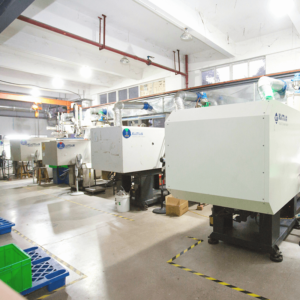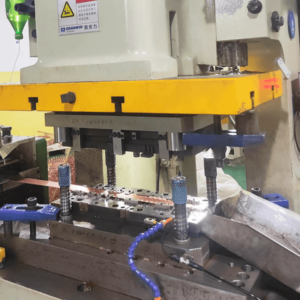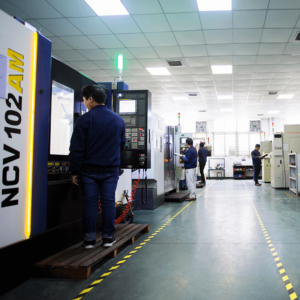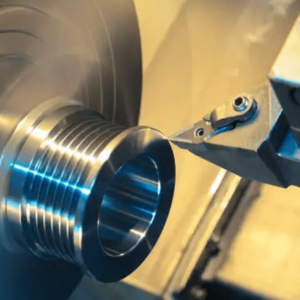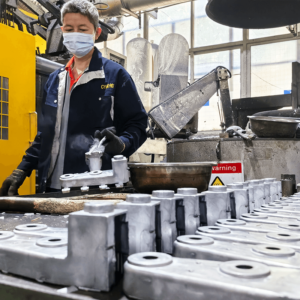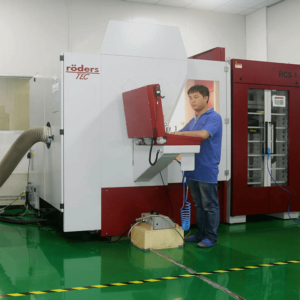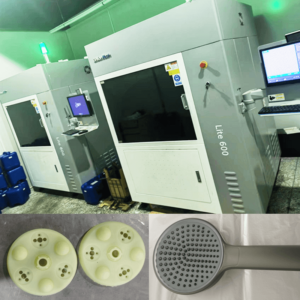Liquid Silicone Rubber(LSR) Injection Molding Manufacturing Service
What Is Liquid Silicone Rubber(LSR) Injection Molding?
LSR injection molding is a manufacturing process used to produce high-precision and complex silicone rubber components and products. In this process, liquid silicone rubber material is heated and injected into a mold cavity under pressure, where it takes the shape of the mold and cures into a solid silicone part.
The LSR Injection Molding Advantages:
- Precision and Detail: LSR injection molding allows for intricate and detailed designs, making it suitable for producing complex parts with tight tolerances.
- Biocompatibility: LSR is a biocompatible material, making it safe for use in medical and healthcare applications, such as medical devices and implants.
- Temperature Resistance: LSR exhibits excellent temperature resistance, maintaining its properties over a wide range of temperatures.
- Chemical Resistance: LSR is highly resistant to chemicals, solvents, and other harsh substances, making it suitable for various industrial applications.
- Versatility: LSR can be used for a wide range of products, from consumer goods to automotive components to medical devices.
- Low Waste: The injection molding process generates less waste compared to traditional manufacturing methods.
- Design Flexibility: Silicone offers the ability to fill part geometries with tighter tolerances than are possible with a thermoplastic elastomer. Precise features, varying wall thickness, reduced likelihood of sink, small undercuts and negative draft are all possible with LSR.
Main Steps of Silicone Injection Molding Processing
Raw Material Preparation: First, liquid silicone rubber (LSR) material is mixed with silicone crosslinker and silicone-based fillers to form an LSR compound.
Injection by Injection Molding Machine: The prepared LSR compound is fed into the hopper of the injection molding machine. The machine then heats and injects the LSR compound into the mold cavity.
Mold Filling and Curing: In the mold cavity, the LSR compound quickly fills the entire cavity and then cures due to its inherent heat-reactive properties, forming a solid silicone rubber product.
Cooling and Demolding: After molding, the mold requires cooling to stabilize the silicone rubber. Once cooled, the mold opens, and the solid silicone rubber product is removed, completing the demolding process.
Trimming and Inspection: The extracted silicone rubber product may need trimming to remove excess edges or flash. Then, the finished product undergoes quality inspection to ensure it meets design specifications and quality standards.
Post-processing: For certain applications, post-processing such as surface coating, printing, or bonding may be required.
Micro & Nano Technology
- Components below 10 milligrams in weight
- Flashless production possible with needlepoint injection technology and fully automated parts handling
Thin Sections
- 10mm (0.004 inch) or less
- Ideal for thin membranes
- Perfect consistency in thickness and quality
- No pin holes
Delicate Parts
- Formed reliably every time
- Flashless production possible with special tool construction and automation
Virtually Flash-Free
- No need for secondary deflashing
- High dimensional stability directly from mold
- Flashless, wasteless design principles
- Highest efficiency
Blind Sections
- Through holes perfectly formed every time
- Long tube sections reliably formed
- Made possible with special tool construction
Highest Precision
- Surfaces from high polish to textured
- Consistent manufacturing over millions of parts
Under Cuts
- Common feature in e.g. bellows
- Made possible with LSR and special tool construction for molding and de-molding
Related Technology for Customization of LSR Injection Molding
As a leading provider of LSR injection molding services, we are committed to delivering high-quality solutions. Our professional services include:
Mold Design and Manufacturing: Utilizing advanced CAD/CAM software and manufacturing equipment, we design and fabricate precise molds to ensure part accuracy and quality.
Injection Molding: LSR injection molding is the most common production process at Lingshantech. In this process, liquid silicone rubber material is heated and injected into the mold cavity using an injection molding machine, and then cured into solid silicone rubber products.
Two-Shot Injection Molding: Two-shot injection molding is a special LSR injection molding process that allows injecting different colors of LSR materials into the same mold, resulting in composite parts with multiple colors.
Insert Molding: Insert molding enables the integration of metal or other materials into the LSR mold during the injection process, fusing them with the LSR material to create composite parts.
Overmolding: Overmolding involves injecting LSR material into existing part cavities, covering or encapsulating the original part with LSR material to create composite products.
Coating Molding: Coating molding is a process where LSR material is applied as a coating on existing substrates, providing enhanced or specialized properties to the base material.
Cast Molding: Cast molding entails directly pouring liquid silicone rubber into the mold without using an injection molding machine, suitable for producing certain unique-shaped products.
Micromolding: This injection molding process produces tiny, complex parts, typically with a shot weight of less than 1 gram.
Hygienic molding: LSR parts are produced in a clean, hygienic environment that are highly-controlled to various levels, such as white rooms or more stringent ISO cleanrooms with various classifications.
Through these different production processes, ThesunIndustry's LSR molding technology can meet the diverse demands of various industries and applications, producing a variety of complex and specialized silicone rubber products
LSR Parts Production
We offers several options for LSR part production. We carefully evaluate each project to determine the best LSR injection molding technology for producing the components: LSR, LSR two-shot, LSR multi-shot, or LSR overmolding.
Our state-of-the-art facility is climate-controlled and exceptionally clean. Our production areas are clean and because our LSR, LSR 2k, multi-shot and overmolding manufacturing cells are fully-automated.
ThesunIndustry has an ISO class 8 cleaning room with both single-shot and more than 12 sets LSR molding machines, where we also perform post-molding value-added processes.
Materials
Each type of LSR material has its specific characteristics and suitable applications. Choosing the appropriate LSR material depends on the specific requirements and demands of the application.We provide customized LSR formulations to meet the performance requirements of specific applications.
Here are some common types of LSR materials:
General-Purpose Silicone Rubber: This is the most common type of LSR material used in various applications, including medical, food, and beverage industries. General-purpose silicone rubber exhibits good temperature resistance and chemical stability.
Medical-Grade Silicone Rubber: Specifically designed for medical devices and equipment, medical-grade silicone rubber must meet stringent biocompatibility standards to ensure safety when in contact with the human body.
High-Transparency Silicone Rubber: This type of LSR material boasts excellent transparency and optical performance, making it suitable for manufacturing optical and display devices.
High-Temperature Resistant Silicone Rubber: It demonstrates exceptional heat resistance, maintaining stable physical properties even in high-temperature environments.
Low-Temperature Resistant Silicone Rubber: Retains softness and elasticity in low-temperature conditions, making it suitable for cold environments.
Electrically Insulating Silicone Rubber: Exhibits excellent electrical insulation properties, widely used in electronics and electrical equipment.
Food-Grade Silicone Rubber: Used for applications involving food contact, adhering to food safety and hygiene standards.
Quality Inspections
Depending on your application's requirements, you can choose from the following when requesting a quote for your silicone rubber parts.
Quality Inspections available for on-demand manufacturing orders
- Designing for Manufacturability (DFM) Feedback
- Scientific Molding Process Development Report
- In-process CMM inspection and machine monitoring
- First article inspection (FAI) and process capability report with GD&T
Applications of LSR Injection Molding
LSR injection molding technology finds extensive applications across various industries, including but not limited to:
- Medical Devices: Manufacturing medical silicone seals, tubes, artificial organs, and more.
- Automotive Industry: Producing automotive seals, sound-dampening materials, cushioning pads, and more.
- Electronics and Electrical: Creating electronic seals, electrical insulation components, conductive parts, and more.
- Baby Products: Crafting safe and comfortable nipples, bottles, breastfeeding devices, and more.
- Industrial Sector: Utilizing LSR for seals, protective covers, vibration damping pads, and more.

